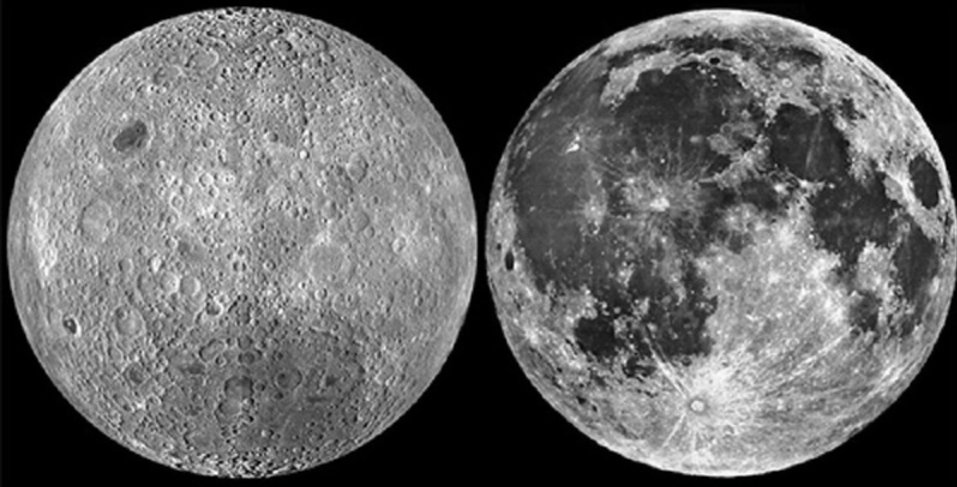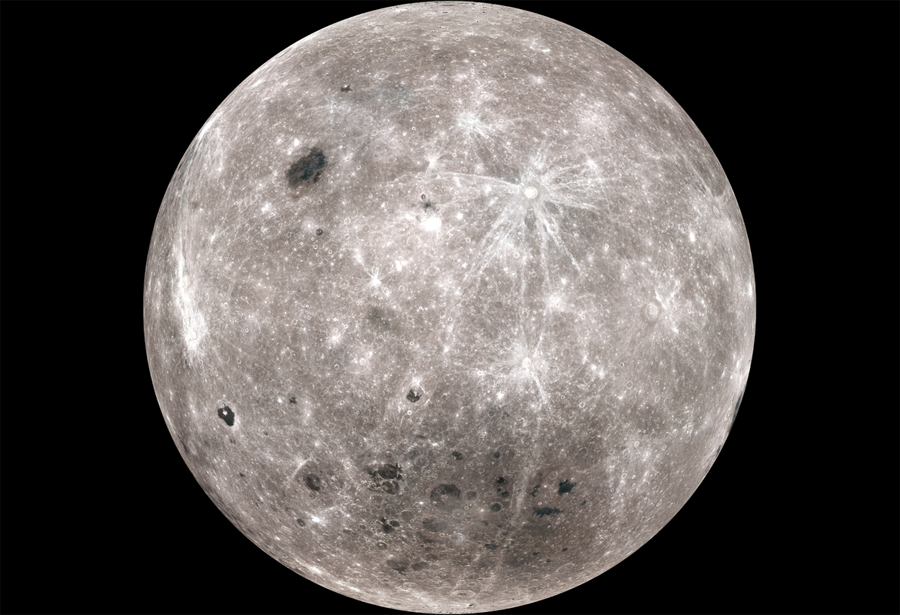Scientists finally solve the mystery of the moon’s back
- April 26, 2022
- 0
One of the main mysteries of lunar evolution is the origin of the apparent asymmetry between the far and near hemispheres of the Moon. The fact is that
One of the main mysteries of lunar evolution is the origin of the apparent asymmetry between the far and near hemispheres of the Moon. The fact is that

One of the main mysteries of lunar evolution is the origin of the apparent asymmetry between the far and near hemispheres of the Moon. The fact is that there are many more craters on one side than the other. An explanation has now been found.
According to the International Astronomical Union, there are more than 9,000 visible craters on the moon that are unevenly distributed on its surface. It is the result of the impact of comets, asteroids, and meteorites. The number of craters on the back side of the Earth satellite that we cannot see is much higher than the visible side.
This difference is explained by the fact that the surface on the visible side is covered with so-called lunar seas – basaltic lava fields. These are the dark spots we see, for example, during the full moon. The lava apparently covered mostly floating craters on the moon’s near side. On the other hand, there is almost no lava field, so craters are clearly visible.
It is generally assumed that the asymmetry in the Moon’s composition is due to the redistribution of the late-stage global subcortical cumulate layer that occurred ~4.4 billion years ago due to the end of crystallization of the lunar magmatic ocean. In turn, the cause of the redistribution with a high probability was a strong collision. Because of this, the largest crater was formed – the South Pole Basin – Aitken. With a maximum width of 2574 km and a depth of 8.2 km, it is the second largest impact crater in the solar system. However, it is not yet possible to explain why lava fields are only found on the near side of the moon, so the catalyst for such a redistribution remains a mystery.

A new study in Science Advances has shown that the collision created a unique phenomenon within the Moon’s mantle, a layer of magma below the crust, that only affects its near side.
Strong shocks like those that form the South Pole-Aitken Basin generate large amounts of heat. And the question was how this heat affects the internal dynamics of the Moon.
Scientists also knew that nearby lava fields were formed due to processes in the moon’s mantle. Lunar samples delivered by the Apollo missions contained radioactive heat-releasing elements such as potassium, phosphorus and thorium, thought to be abundant in the lunar mantle.
In a new study, computer simulations showed that a blow to the Aitken South Pole basin should create a thermal cloud in the mantle that pushes radioactive elements into the crust.

At the beginning of the simulation, the scientists determined the heat caused by the impact using an analytical model that scales with the impact energy. The impact of the impact was believed to have created a thermal anomaly in the mantle that controlled the evolution of the moon’s bowels for hundreds of millions of years.
The researchers repeated the simulations for a number of possible impact scenarios, including flat and shear, and found that no matter how the asteroid passed, mantle impacts would only affect the moon’s near side.
In other words, when the asteroid collided with the Moon, lava from the mantle spilled onto its proximal side, burying many of the ancient impact craters. Thus, we can say that one of the most important mysteries in the study of the Moon has been solved.
Source: GSM Info
I’m Maurice Knox, a professional news writer with a focus on science. I work for Div Bracket. My articles cover everything from the latest scientific breakthroughs to advances in technology and medicine. I have a passion for understanding the world around us and helping people stay informed about important developments in science and beyond.